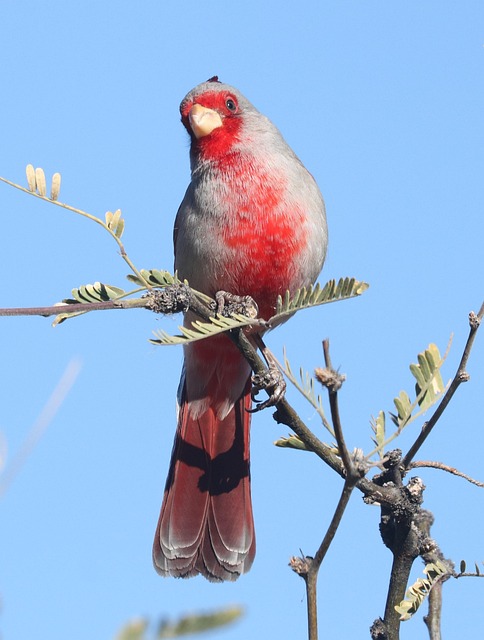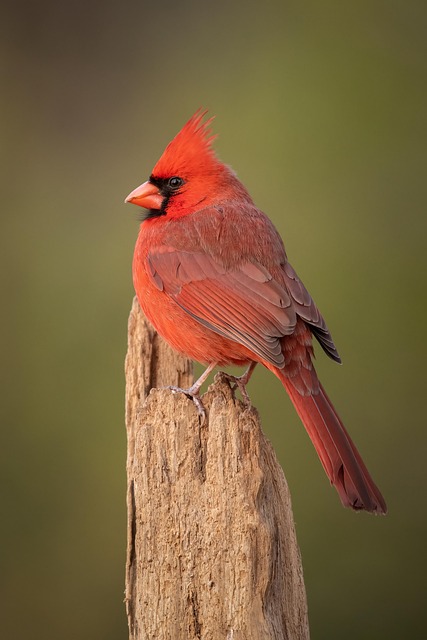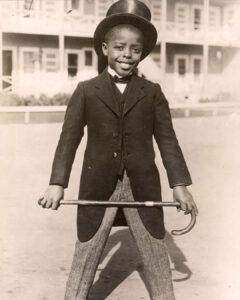You’re in the desert Southwest—Arizona, New Mexico, or Texas. You see a flash of red and a prominent crest on a bird that looks just like… a Northern Cardinal. But something seems off. The body isn’t quite red enough, and the bill looks different.
Congratulations, you’ve likely just met the Pyrrhuloxia (Cardinalis sinuatus), the Northern Cardinal’s less-famous, but equally stunning, desert cousin.
These two birds are so similar in shape and size that they’re a classic identification challenge. But once you know what to look for, telling them apart is simple. Here’s the definitive breakdown of the Pyrrhuloxia vs. the Northern Cardinal.
At a Glance: Key Differences
| Feature | Pyrrhuloxia (“Desert Cardinal”) | Northern Cardinal |
| The Bill | Yellow or pale horn-colored. Short, stout, and strongly curved (parrot-like). | Bright orange-red. Thick, conical, and sharp (like an ice cream cone). |
| Male Color | Soft gray body with red highlights on the crest, face, wings, and chest. | Brilliant red all over (a “fire engine” red). |
| Female Color | Soft grayish-brown. Faint red on crest/wings. Yellow bill. | Warm olive-brown. Faint red on crest/wings. Orange-red bill. |
| Face Mask | Red mask (on males). | Black mask (on males). |
| Habitat | Desert specialist. Prefers dry mesquite thickets and scrubland. | Generalist. Prefers “wetter” habitats: forests, suburbs, backyards. |
| Range | Southwest US (AZ, NM, TX) and Northern Mexico. | Eastern/Central US, Southeast, and expanding into the Southwest. |
1. The Bill: Your #1 Clue
If you only look at one thing, look at the bill. This is the most reliable way to tell them apart, especially with females.
- Pyrrhuloxia: The name Pyrrhuloxia comes from Greek words referring to its stout, bullfinch-like bill.1 It is a stubby, pale-yellow bill with a very strongly curved upper mandible (top).2 It looks almost parrot-like.
- Northern Cardinal: The cardinal has a classic, seed-crushing, conical bill that is a bright, unmistakable orange-red.3
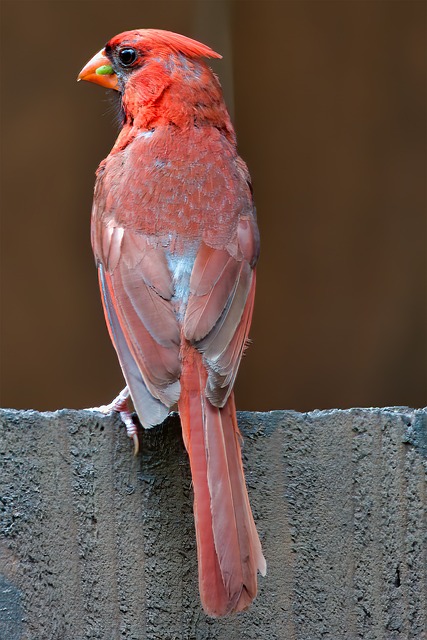
2. The Male: Gray Body vs. Red Body
Once you see them side-by-side, the color difference in males is obvious.
- Male Pyrrhuloxia: Think of this bird as “dipped in gray.” Its primary body color is a sleek, soft gray. The brilliant red is an accent color, found on the tall crest, face, chest, wings, and tail.4
- Male Northern Cardinal: This bird is “dipped in red.” It is an unmistakable, brilliant red all over its entire body. It also has a distinct black mask around its bill and eyes, which the Pyrrhuloxia lacks.
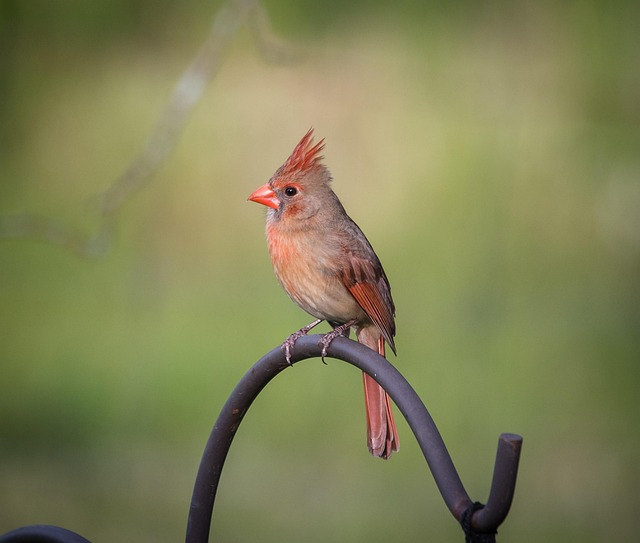
3. The Female: The Toughest Challenge
This is where most people get confused, as both females are brownish-gray. Again, go back to the bill.
- Female Pyrrhuloxia: She is a subtle, uniform grayish-brown. She may have small touches of red on her crest or wings, but her defining feature is her pale-yellow, curved bill.
- Female Northern Cardinal: She is a warmer, olive-brown, often with more noticeable red highlights on her crest, wings, and tail. Her defining feature is her bright orange-red bill.
4. Habitat: Where Are You?
While their ranges do overlap in the Southwest, they often prefer different microhabitats.5
- Pyrrhuloxia: This is a true desert-dweller.6 It is most at home in the driest, scrubbiest areas, especially in mesquite thickets, cholla cacti, and desert washes.
- Northern Cardinal: As a generalist, it is more adaptable but prefers “wetter,” lusher environments. In the desert, this means it will stick closer to towns, suburban backyards with feeders, parks, and riparian corridors (areas with trees near water).
Conclusion: When in Doubt, Check the Bill
It’s easy to see why the Pyrrhuloxia is nicknamed the “Desert Cardinal.” But now you have the tools to tell them apart like a pro.
The next time you see a crested red bird, ask yourself these two questions:
- What color is the bill? (Yellow = Pyrrhuloxia, Red = Cardinal)
- What color is the body? (Gray = Pyrrhuloxia, Red = Cardinal)
Happy birding in the desert!
Have you ever been fooled by a Pyrrhuloxia? Share your story in the comments below!
